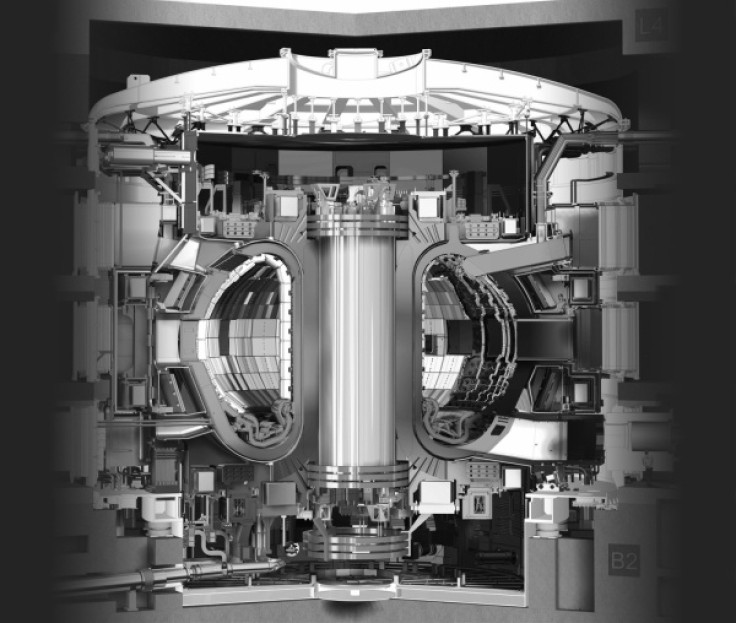
If you've been wondering about nuclear reactors and how well they'd prove to be useful sources of energy, then you won't have to wait too long anymore. One such reactor is the old project made by Ex-President Ronald Reagan and the Soviet leader Mikhail Gorbachev, the International Thermonuclear Experimental Reactor (ITER).
The massive powerhouse was built over 30 years and costing tens of billions of dollars. The tokamak fusion reactor contains extremely hot charged plasma that spins and generating virtually unlimited energy. The reactor is one of the only structures considered to be "miniature suns" that "live" on Earth.
How will it work?
The process of generating enough heat to spark nuclear fusion can take up to several years, leading some to wonder if it will ever be possible.
The Scientific American covered the finished construction back in July of 2019, sharing the installation of the cryostat base and lower cylinder would lead the way to the tokamak, which was chosen to hold the magnetic field which will then carry the ultra-hot plasma fusion core.
The ITER will have more parts installed in the future and includes a massive 65-mile roadway that connects the Mediterranean SEA to ITER's location in Saint-Paul-les-Durance.
The team that built the infrastructure state that they are still on track to what was initially planned, and the tokamak will be turned on as early as 2025, where the machine will begin to turn up the heat.
The whole process of heat accumulation would take approximately ten years to reach the state of nuclear fusion, which is without any problems.
The creators of the reactor designed the ITER to take in energy from the outside and transform it into useable energy at a rate of 10 times.
Read Also: New Tesla Autopilot Feature Now Reads Traffic Lights And Signs To Maneuver Accordingly On Its Own
An apparent inconsistency
Steven Krivit from New Energy Times strongly disagrees with the number as he explains the reactor will give out 1,000% energy output, but that is excluding the needed power to run the machine itself, which lowers the overall production drastically compared to what is stated.
A magnet will drive a massive 15 million amperes of electricity through the atoms that are swirling around inside the inner chamber of the enormous machine where they will also be hit by 24 microwave generators and three large particle guns. All this effort to let them reach a heat of 270 million degrees Fahrenheit and colliding into one another that releases bursts of energy.
The core of the ITER tokamak is made of positively charged ions; deuterium and tritium, which require unfathomable heat and force.
In recent years, both solar and wind energy production has drastically dropped in cost and are now competitive in terms of renewable energy production. These technologies are also starting to gap their weaknesses of relying too much on inconsistent weather and are being more reliable as the years go by.
Nearly all countries are working on their projects for energy production. Although ITER is a massive powerhouse, it's also an enormous risk that the creators have to take into consideration the long process of supplying enough power to the world.









